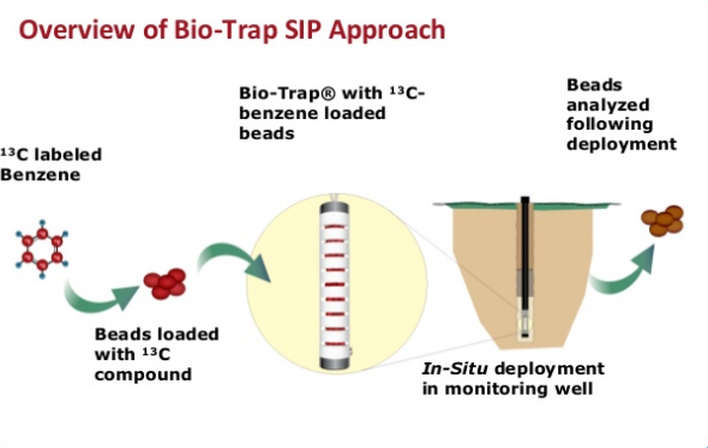MI Database
Since 1992, the Microbial Insights mission has been actionable data through state of the art molecular biological tools (MBTs), the most accurate and precise data in the industry, and exceptional customer service from start to finish. To support this mission, we offer clients free access to the Microbial Insights Databases – One Stop Resources that help put your results in context and convert your MBT data into management actions.







